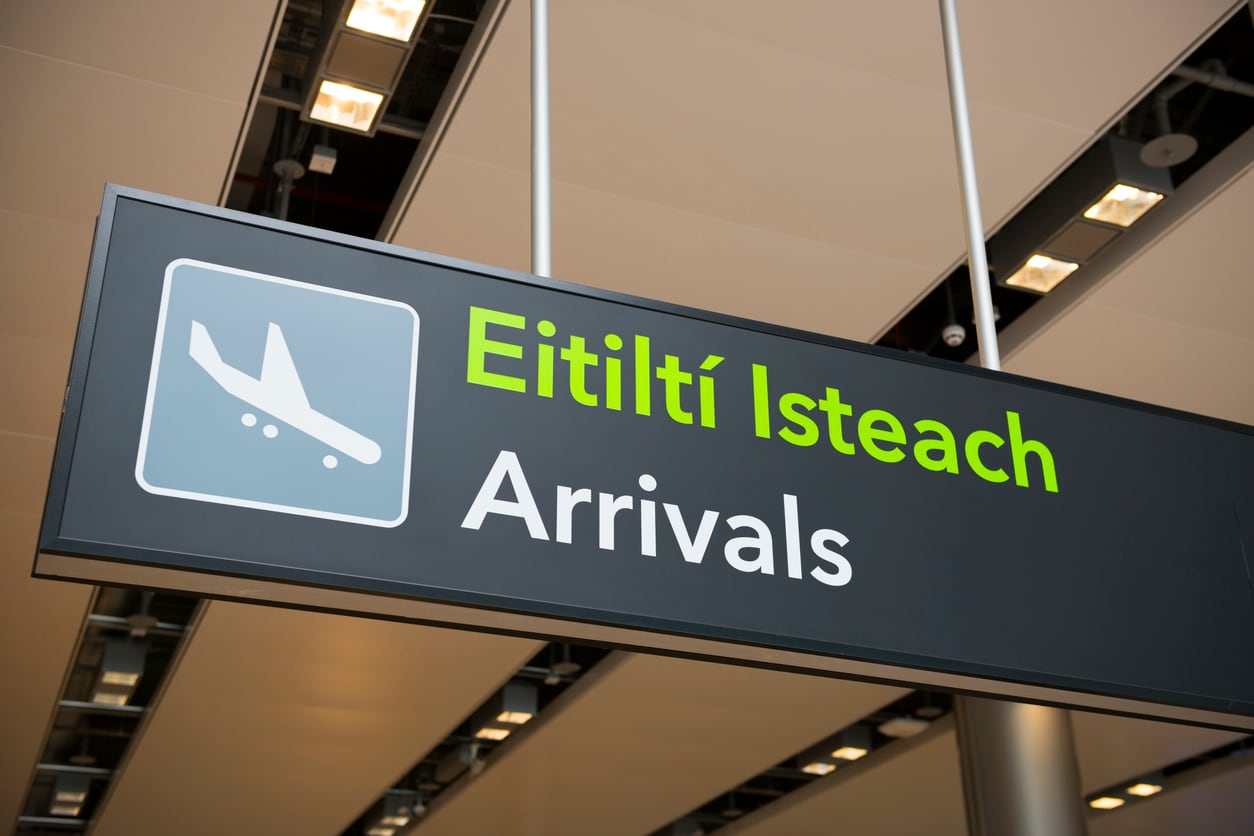Gardaí staged a significant policing operation around an anti-immigration protest in Finglas, Dublin, on Wednesday night. While uniformed, unarmed Garda members represented the frontline of the operation, members of the Garda Public Order Unit, in riot gear, sat in a fleet of vans outside Finglas Garda station where the protesters gathered and where the armed response unit also had a presence.
The operation also involved teams of gardaí – including more Public Order Unit members – taking up positions inside the Finglas Garda station compound, out of sight of the protest group, in the event they were required.
Other recent anti-immigration protests in Dublin have been met with a Garda response based on traffic management and crowd control. However, Wednesday night’s operation represented a significant shift in policing tactics around the protests as the Garda’s risk assessment flagged the possibility of violence or serious disturbances.
As a result, a robust policing capability was put in place, with the public order members in vans visible to the protesters on the street outside the station. Sources said that display of strength on behalf of the Garda was deliberate and intended to dissuade any would-be troublemakers.
READ MORE
A Garda helicopter observed the event from above for well over an hour. Other groups of uniformed gardaí created a cordon on Mellowes Road, where the Garda station is situated. The street was sealed off for about 1km, from the Finglas flyover to Finglaswood Road, to ensure the area was kept clear, but for the protesters, in the event gardaí were called on to rapidly deploy.
Garda have been monitoring a number of groups involved in the recent protests, though they do not believe they are achieving scale or that they pose a significant security risk. However, some very vocal anti-immigration protesters based in Finglas appear to have gained a modest following in the area of late. That grouping is less organised but gardaí are concerned it represents a risk, with one source describing it as “rougher and a bit wilder” than the other groups.
“There is a concern that young lads may get wound up at these protests and that they will go looking for trouble, so the potential for things to flare up spur of the moment is there with the Finglas group,” said the source.
On Wednesday morning, one of the prominent anti-immigrant campaigners from Finglas was arrested. He was still being questioned at Finglas Garda station last night as the protesters rallied outside. Many of those who addressed the crowd called for his release from custody, though the event passed off peacefully and with no arrests by late Wednesday night.
The Garda’s concerns about the protest were heightened in recent days when a disinformation campaign, mainly via social media, claimed foreign men, or black men, were responsible for an alleged sexual attack on a woman on Cappagh Road, Finglas, in the early hours of last Friday morning.
Apparently spurred on by that erroneous belief, on Saturday afternoon a group of Irish men attacked European homeless men living in tents in a wooded area in Ashtown, adjacent to Finglas. This was despite the fact the man who had been accused of the alleged sexual assault is white and Irish.











